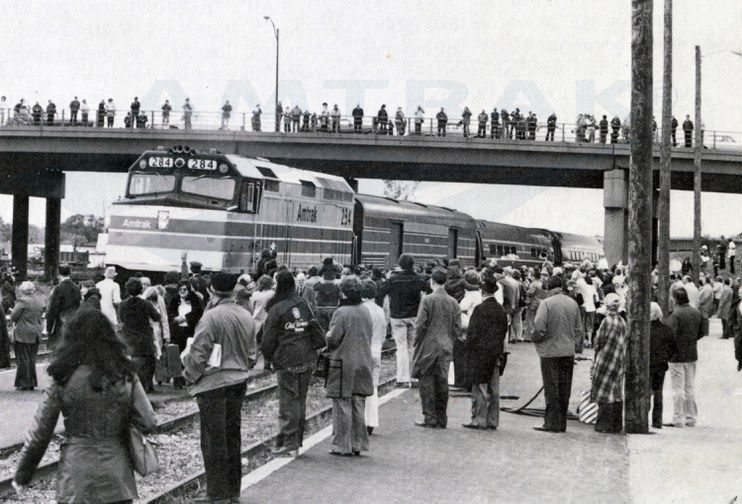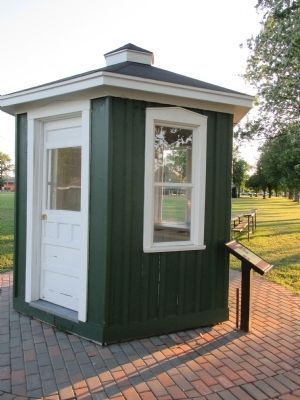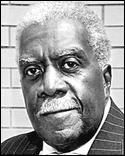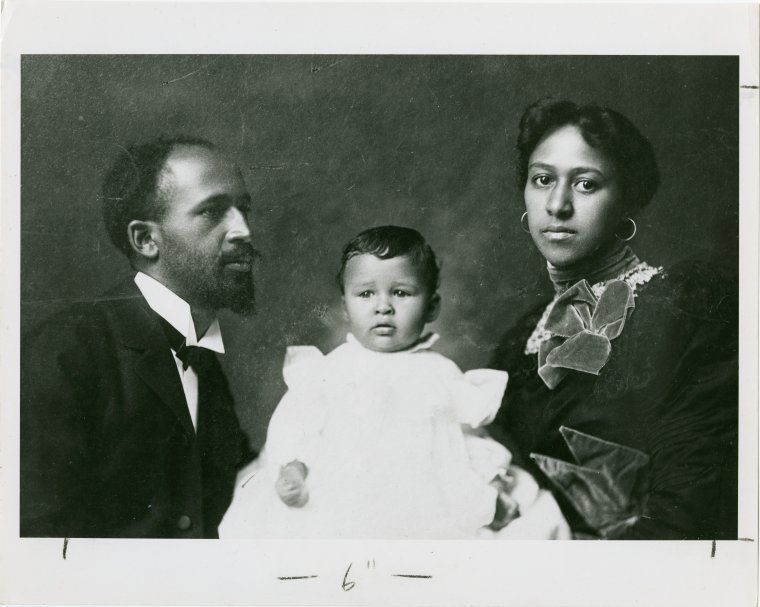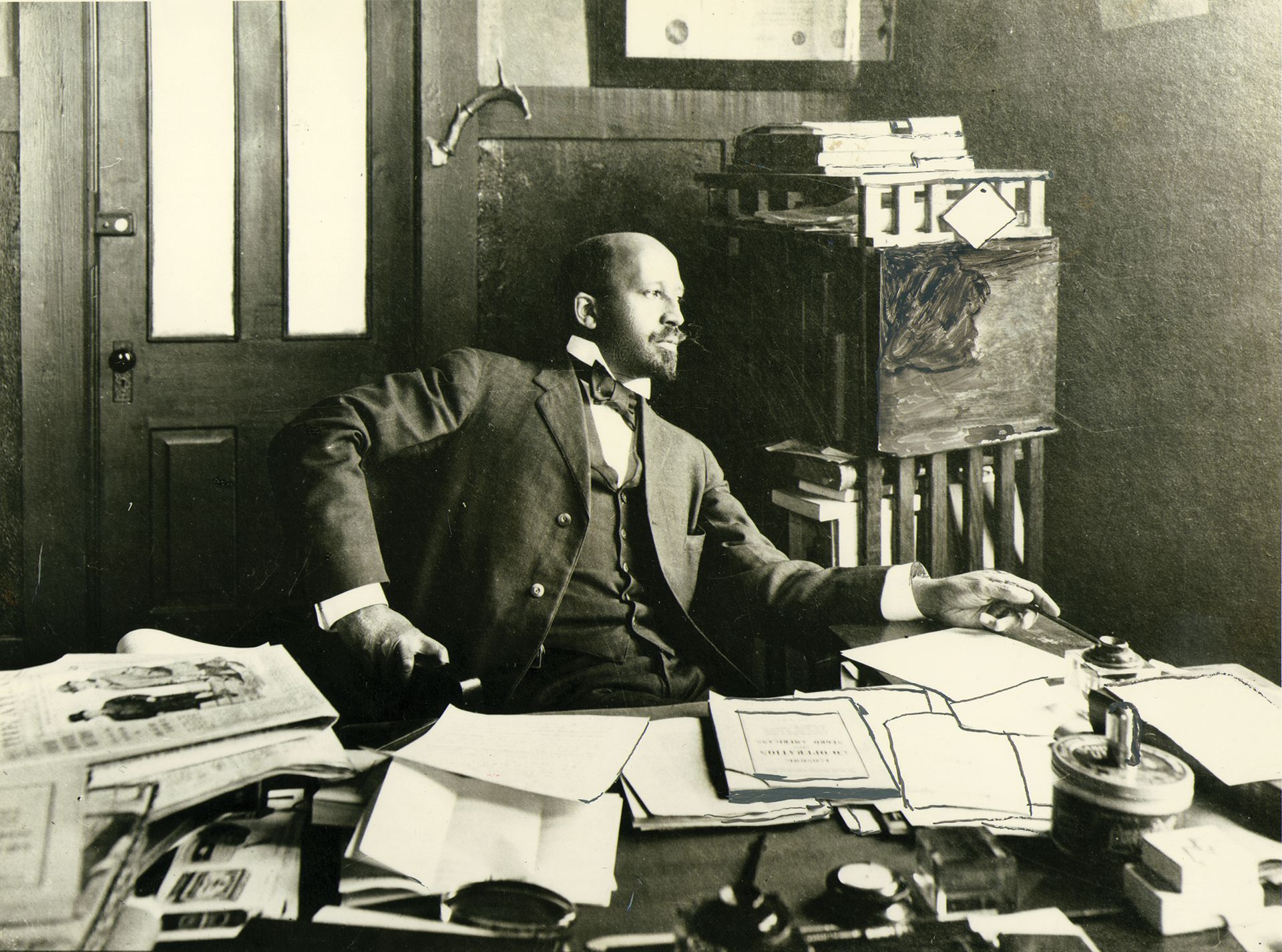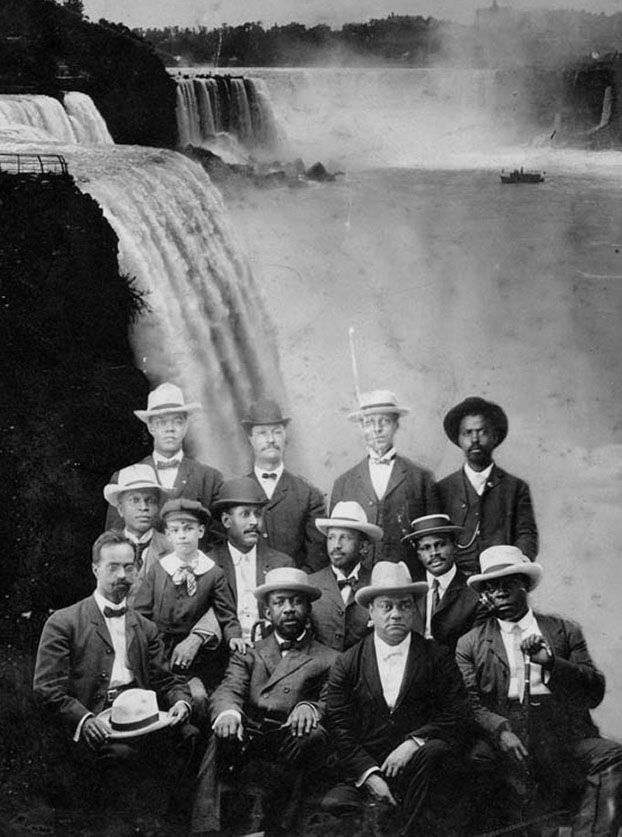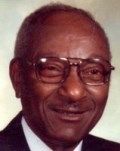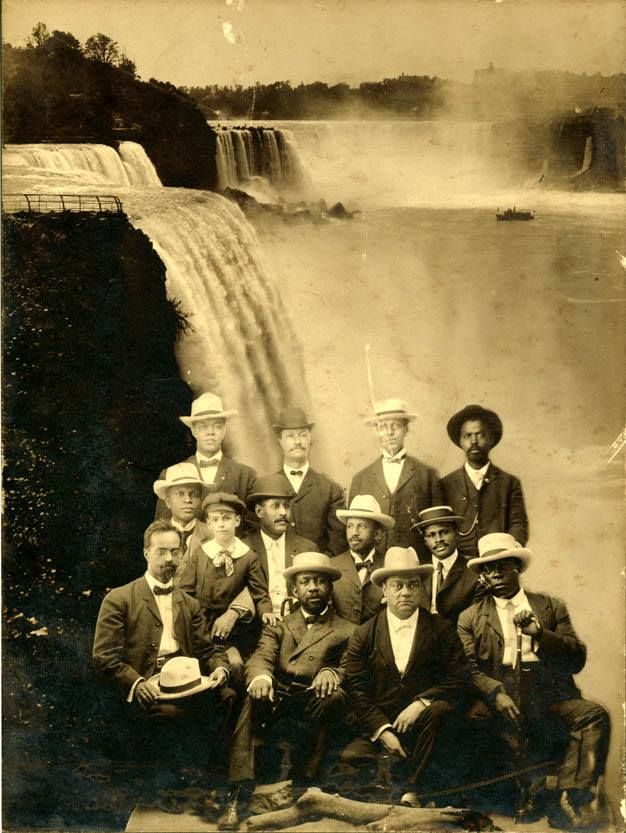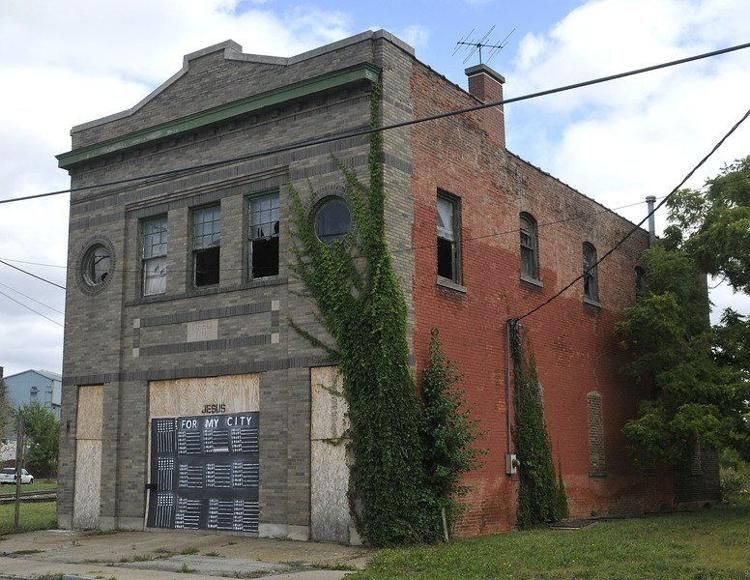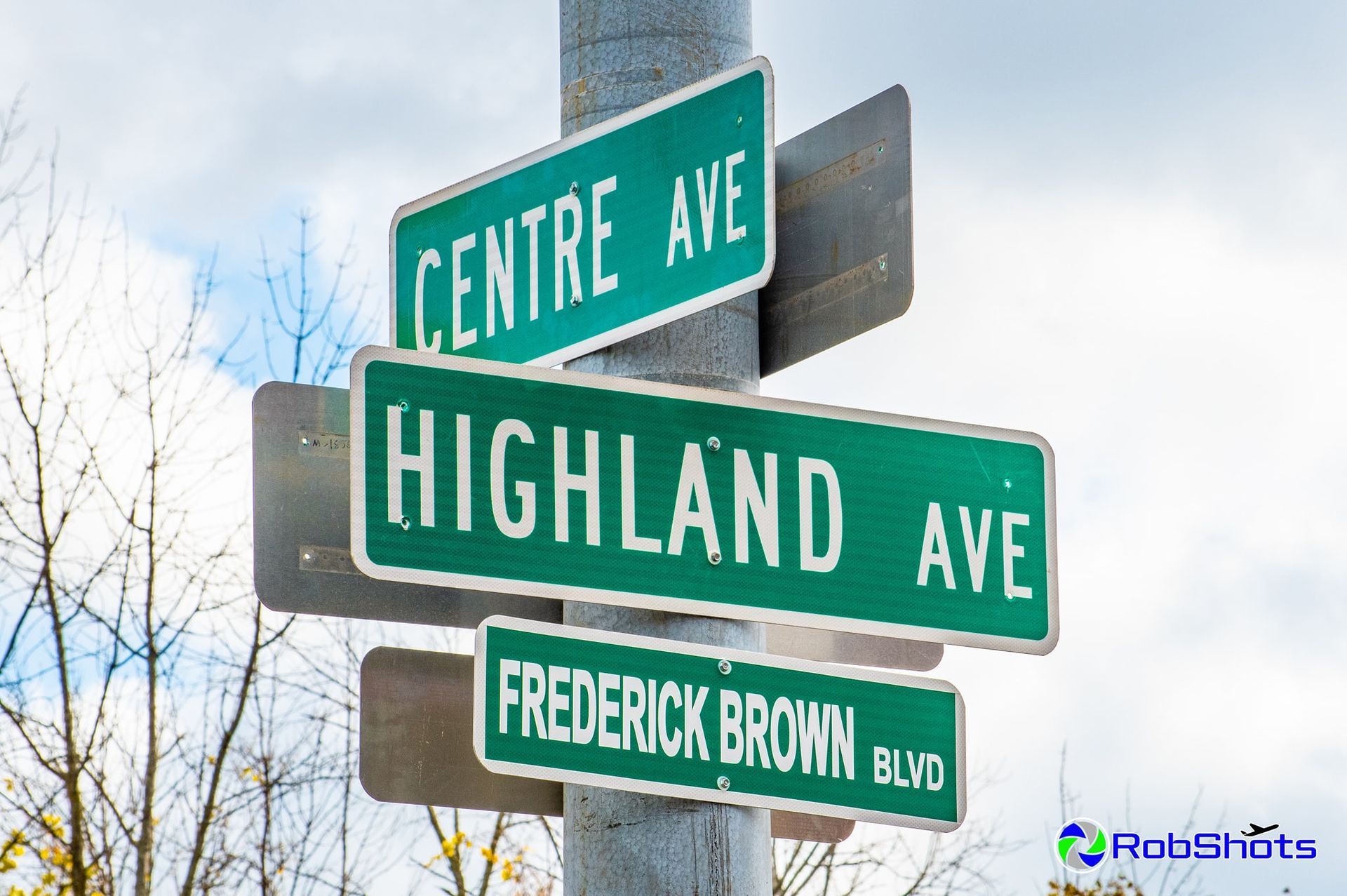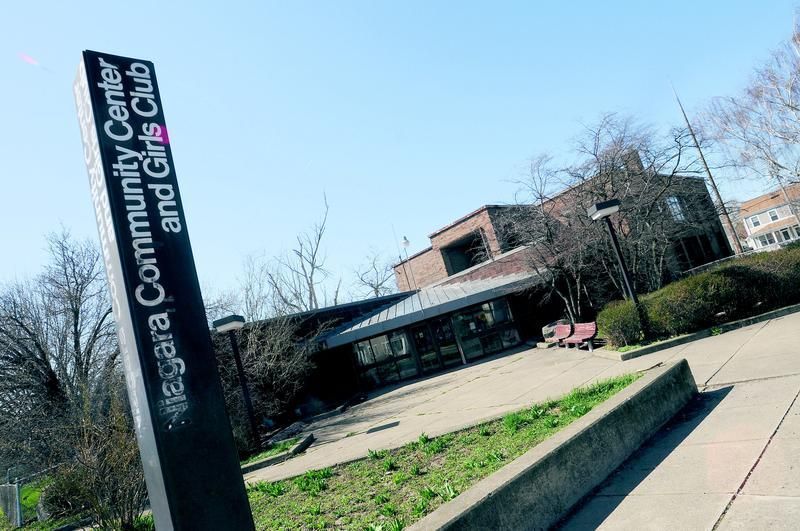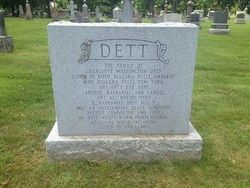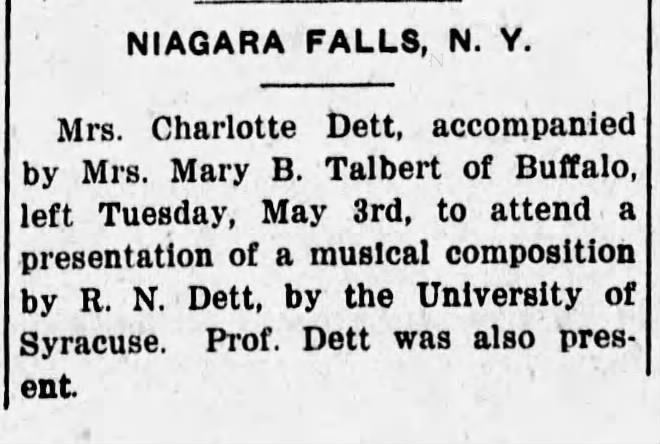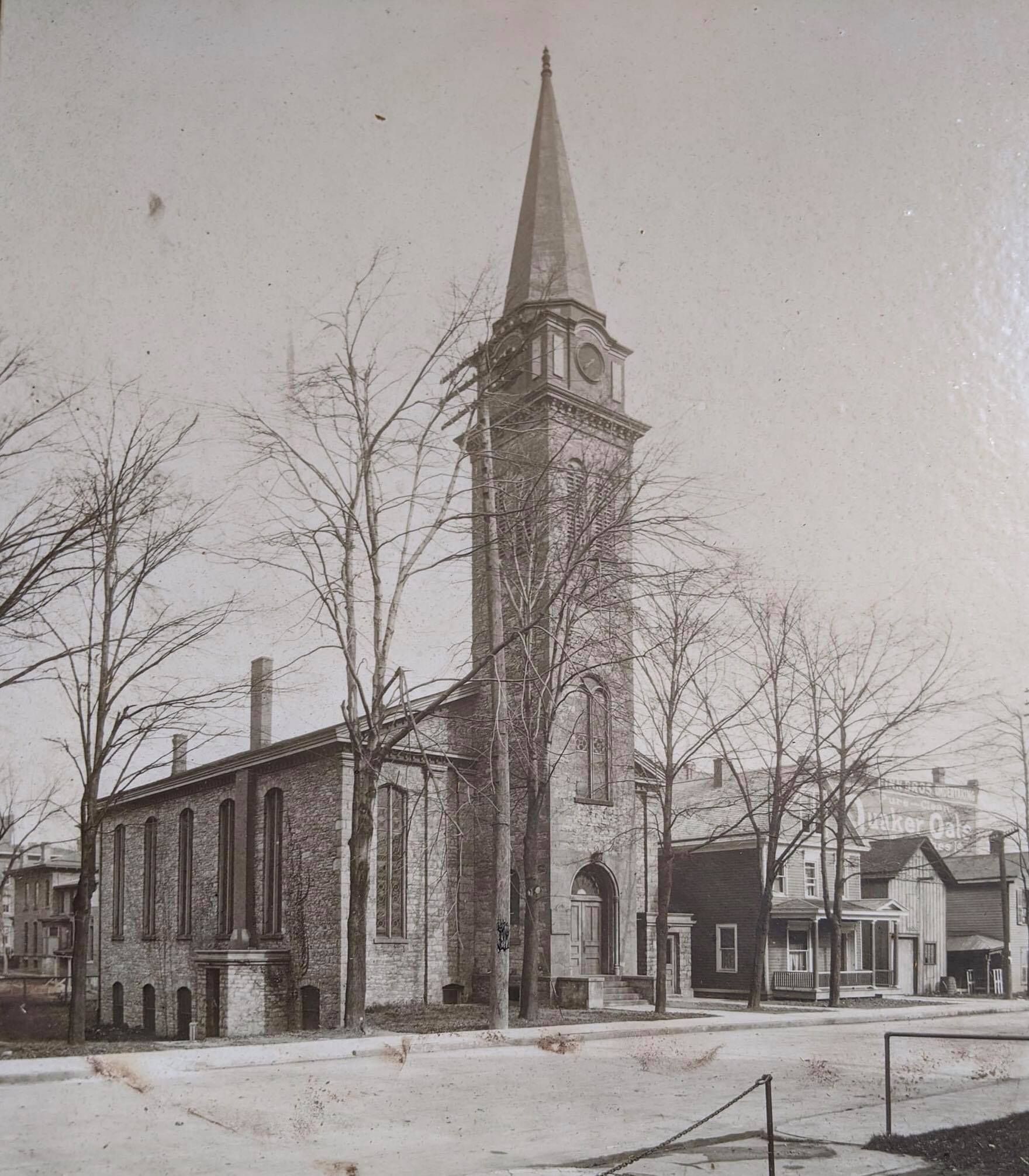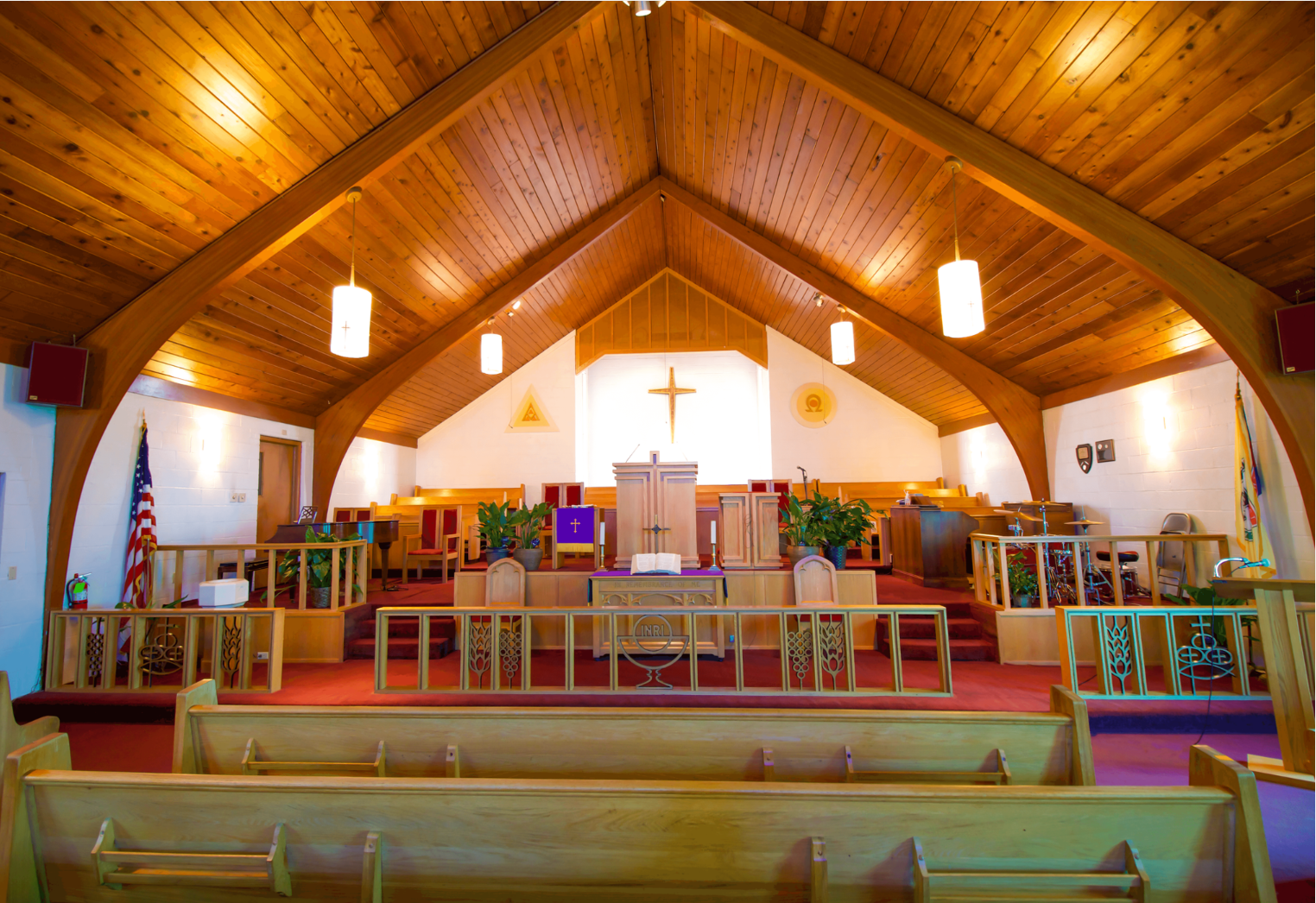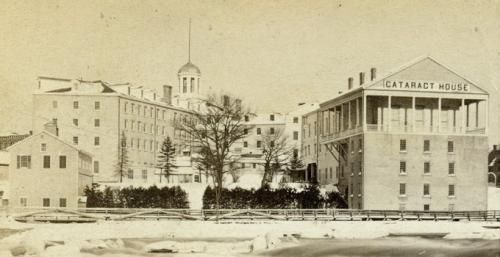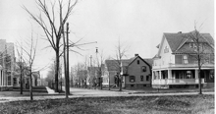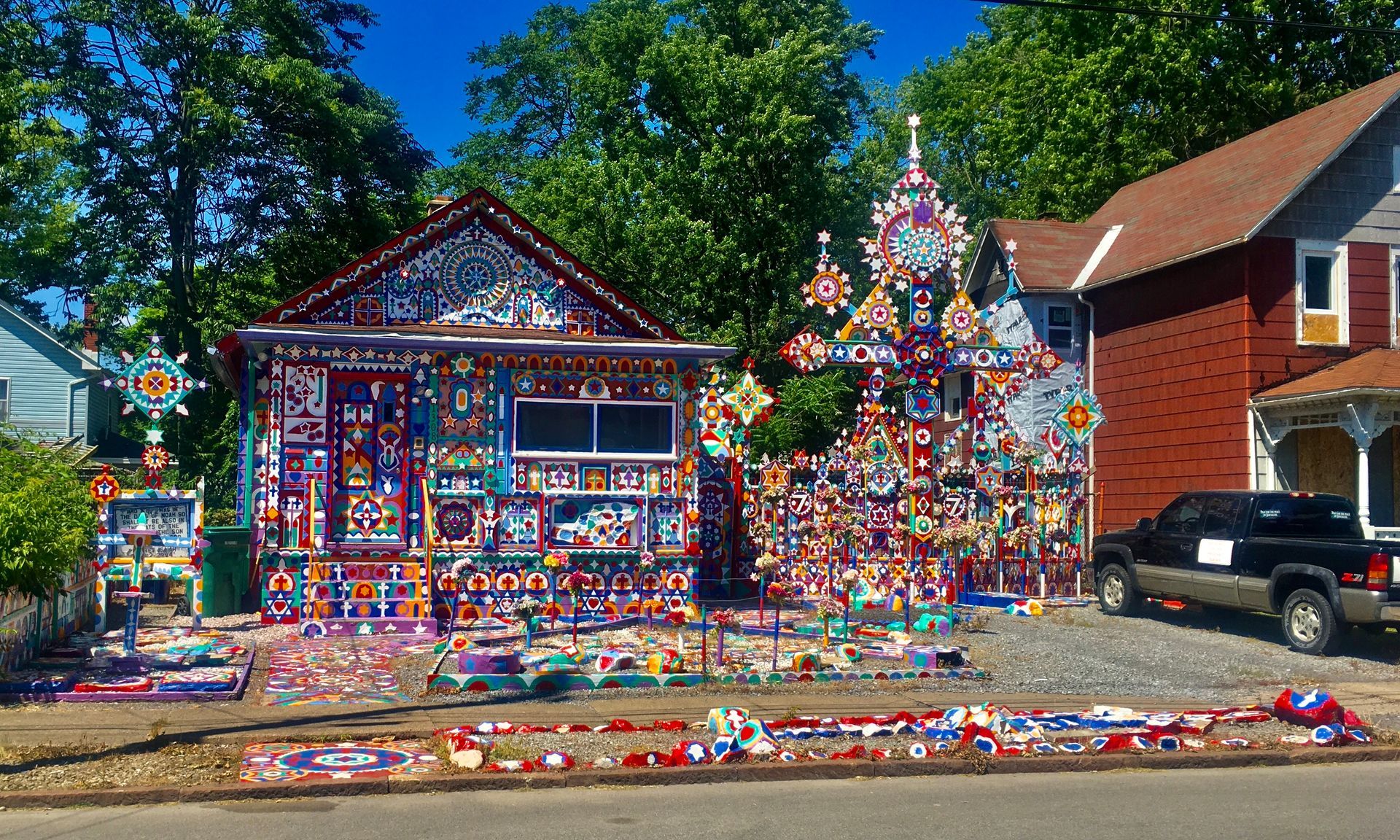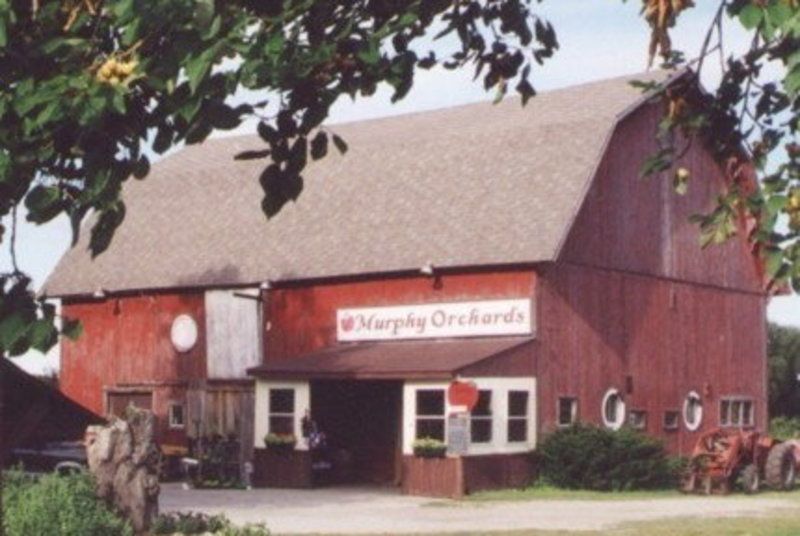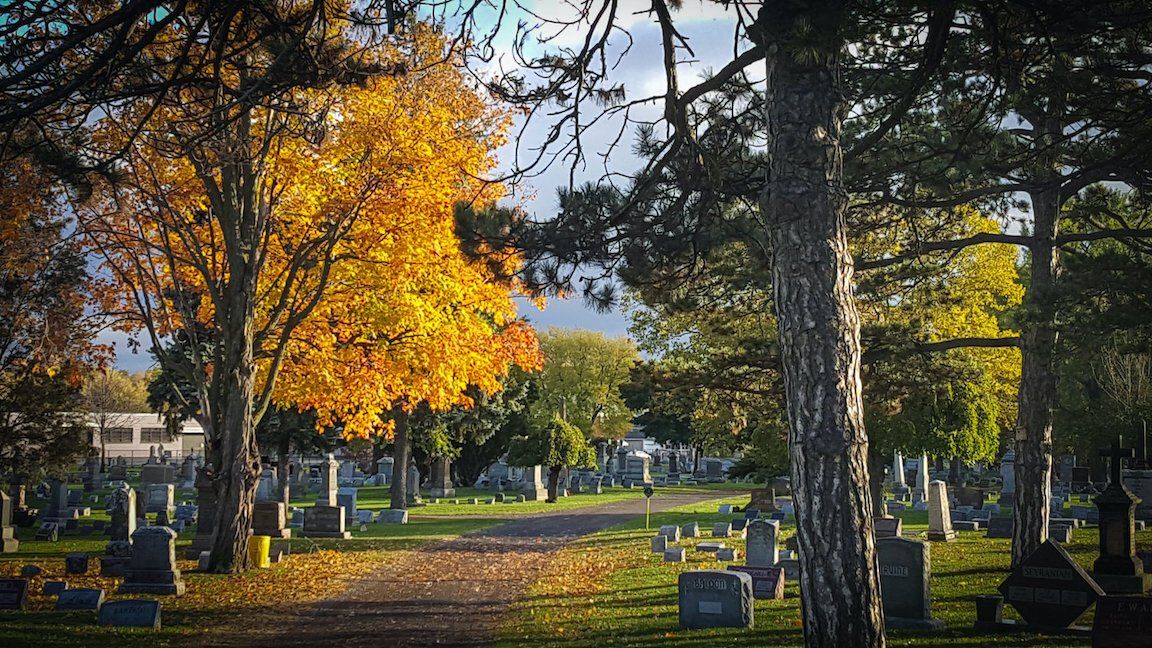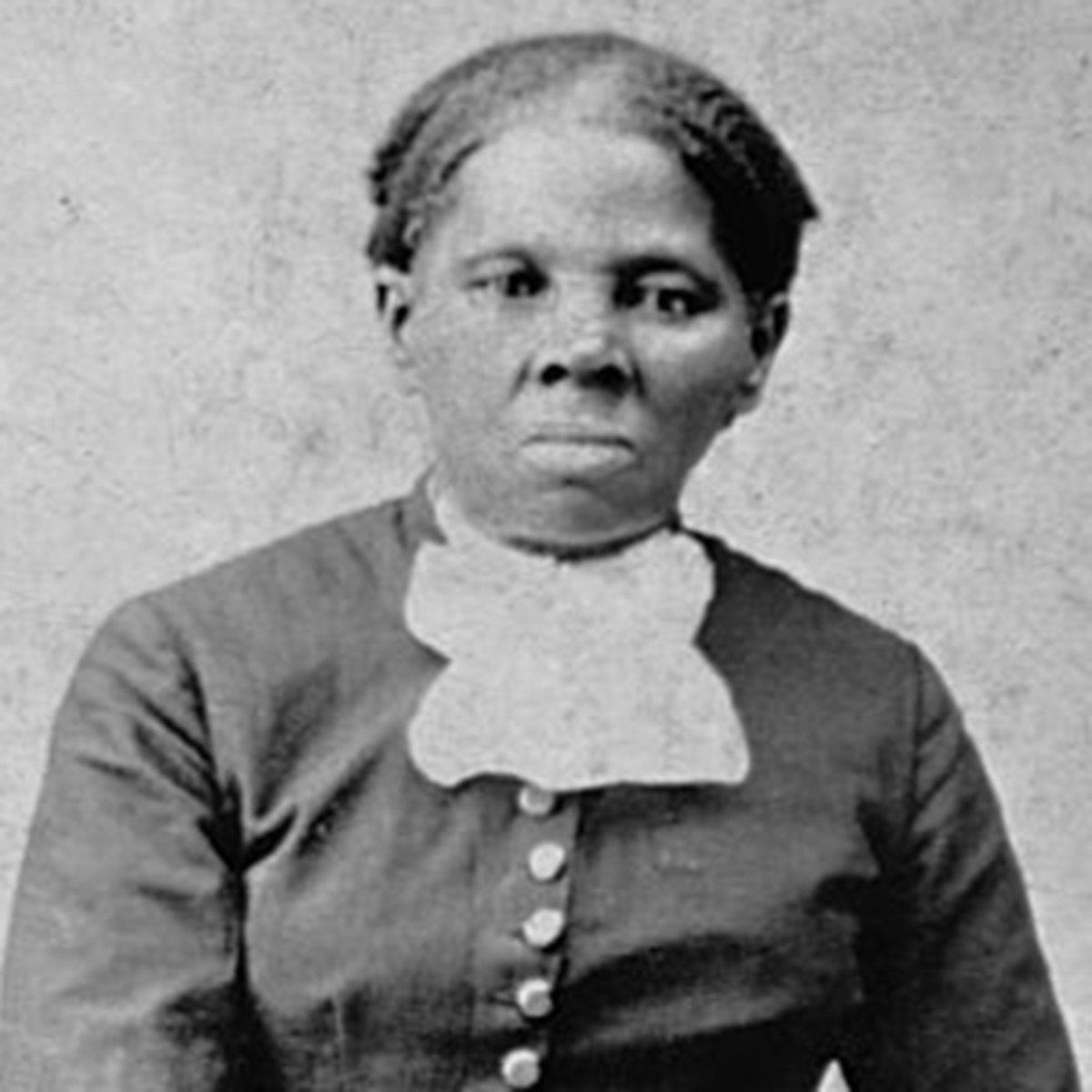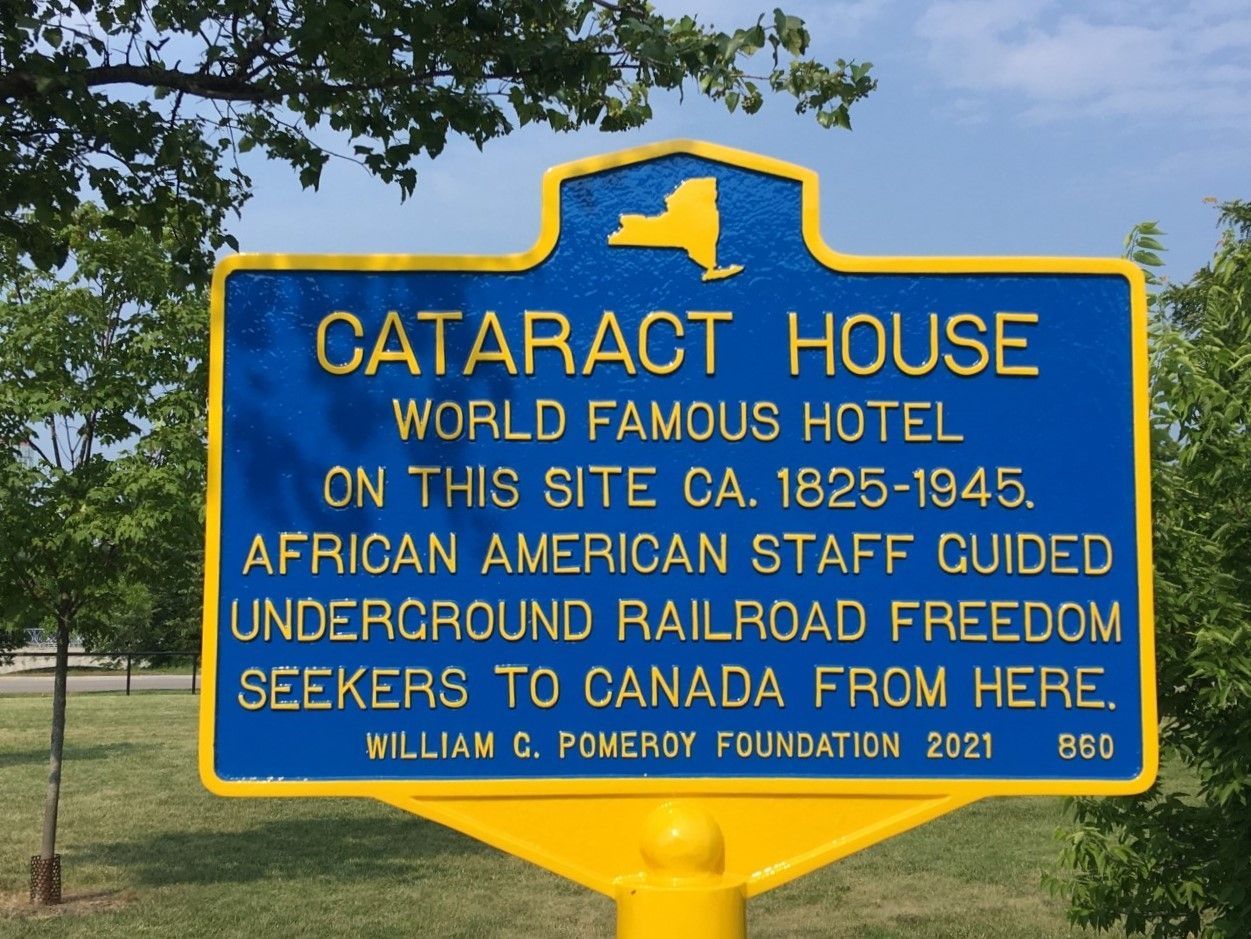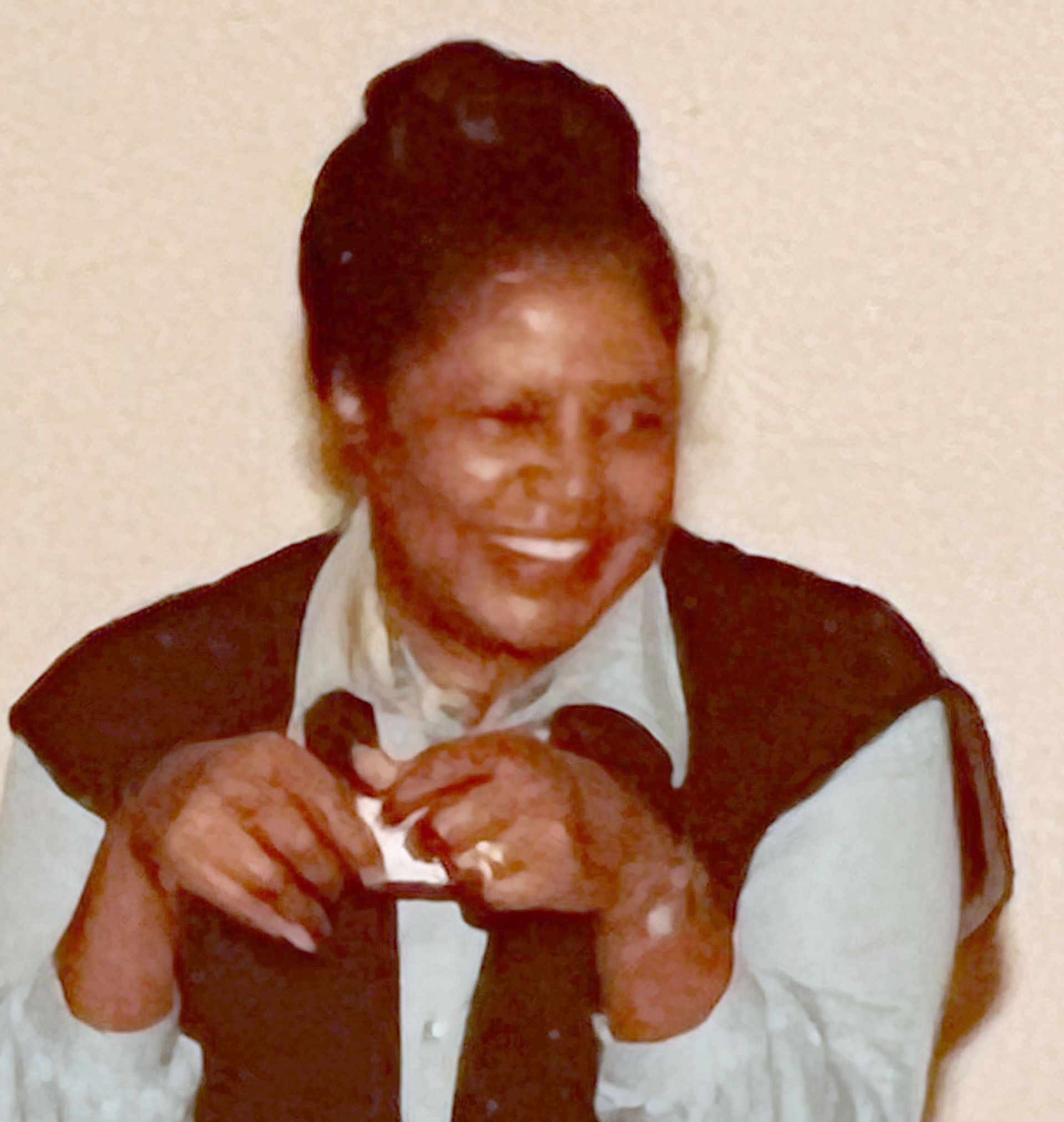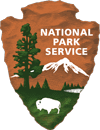CELEBRATING BLACK HISTORY
IN THE
NIAGARA FALLS NATIONAL HERITAGE AREA
Explore the stories below that spotlight remarkable black trailblazers who not only left an indelible mark on our region, but also influenced the global stage. Let's celebrate the incredible legacy of black men and women who shaped history right here in the Niagara Falls National Heritage Area.
Railways That Changed Niagara Falls
With the advent of the railway system in the United States, new jobs, people, and travel opportunities came to Niagara Falls, NY.
Freedom Crossing Monument
Historical fact, literary fiction, and artistic genuis come together in one awe-inspiring monument.
Suspension Bridge Tollhouse
After standing sentry at an international bridge, and then in a toll collector's backyard, an old tollhouse was restored in 2011.
Otis Cowart, Jr., and CORE
In 1963, Otis Cowart helped lead a successful boycott for a local store known for its discriminatory hiring process.
W.E.B. Du Bois and the Poetry of Niagara Falls
Known as a scholar and civil rights activist, a letter from Du Bois to his daughter reminds us that he was also a father and a poet.
W.E.B. Du Bois and Niagara Falls
W.E.B. Du Bois co-founded the Niagara Movement and wrote poetically about the Falls in a letter to his young daughter.
The Niagara Movement
The Niagara Movement formed in 1905 when a group of African American men met near Niagara Falls, Onatrio to organize for civil rights.
Reverend H. Edward Whitaker
Rev. Whitaker, pastor of new Hope Baptist Church in Niagara Falls, NY, was a prominent civil rights activist.
The NAACP in Niagara Falls, NY
The NAACP chapter in Niagara Falls produced powerful leaders and social change during the local and national civil rights movement.
Highland Avenue Fire House
An early 20th century fire house is saved from demolition.
Doris W. Jones Family Resource Building
An award-winning facility is named after a woman who championed the rights of public housing residents for over forty-one years.
F&A Brown Grocery
Fred Brown was an entrepreneur, community leader, and activist in a historically Black neighborhood in Niagara Falls, NY.
Niagara Community Center
An all-purpose community center soon becomes the heart of the Black community in Niagara Falls, NY.
Reverend Edgar L. Huff Bridge
The story of an activist pastor, two bridges, three marches for racial justice, and community organizing in Niagara Falls, NY.
Reverend Edgar L. Huff
Huff was the pastor of a historic Black church as well as a community leader, activist, and local history maker in Niagara Falls, NY.
MLK Jr. and New Hope Baptist Church
Dr. King’s historic visit to Niagara Falls, NY inspired parishioners of New Hope Baptist Church and upcoming civil rights leaders.
Samuel W. Dett
Born into an influential family, Samuel Dett was the first b;ack postal worker in Niagara Falls, NY, and was a leader in the community.
R. Nathaniel Dett
Born in 1882, Dett was an incredibly gifted and internationally known concert pianist, composer, choral director, and poet.
Charlotte W. Dett
Charlotte Dett was a trailblazer through her community leadership, activism, and involvement in the black woman's club movement.
First Congregational Church
In the mid-19th century, debates over slavery divided families and neighbors in one of the oldest churches in Niagara Falls, NY.
St. John AME Church
St. John’s AME Church was a site of spiritual and community uplift, as well as civil rights activism.
Tunnel Town
In Niagara Falls, the age of electricity led to the formation of, and backlash against, the ethnic neighborhood known as Tunnel Town.
Echota
Echota was a town in Niagara Falls built in the 1890s, with beautiful homes designed for workers of the Niagara Falls Power Company.
Prophet Isaiah’s Second Coming House
When God told Isaiah Robertson that the world would end in 2014, he created one of the most dazzling houses in the city.
Murphy Orchards
Although Murphy Orchards in Burt, New York might seem like a simple farm, it was once the site of Underground Railroad activity.
Oakwood Cemetery
Historic Oakwood Cemetery is the final resting place for over 22,000 residents, both ordinary and extraordinary.
Joe Bailey and Harriet Tubman
Aided by Harriet Tubman, Joe Bailey reached freedom in Canada after crossing the Suspension Bridge in Niagara Falls, NY.
Cecelia Jane Reynolds and the Cataract House
Underground Railroad history comes alive in this story of Cecelia Jane Reynolds and the Cataract House in Niagara Falls.
Bloneva Bond, Community Leader and Activist
Bloneva Bond was a longtime community leader and civil rights activist in Niagara Falls.

